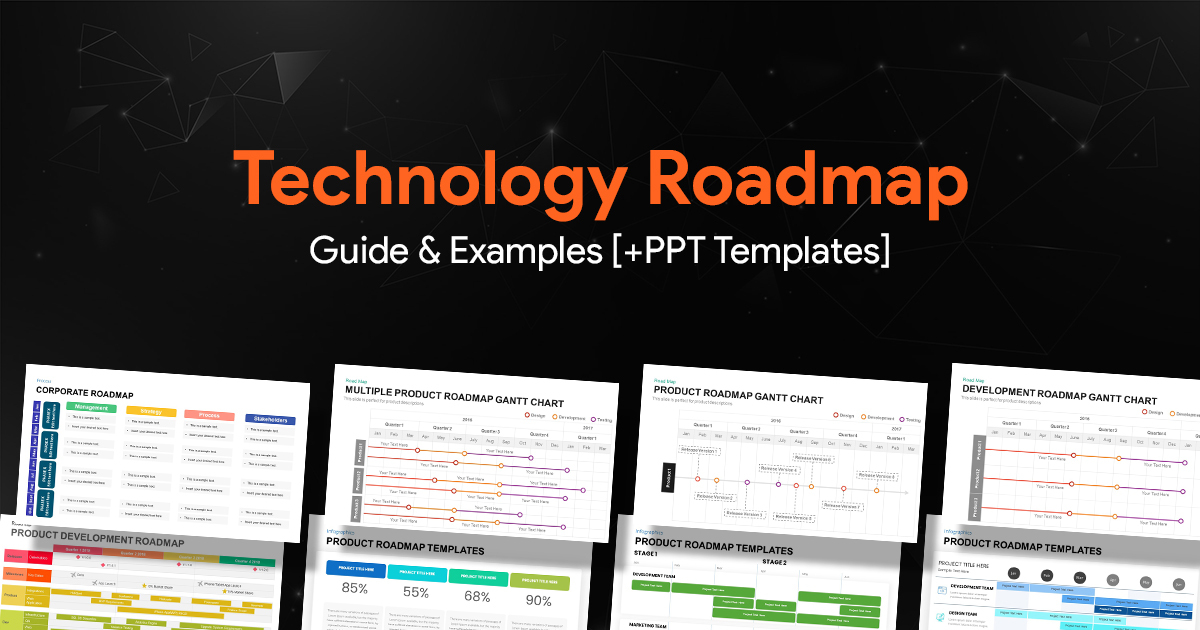Effective Slide Review and Approval Process for Teams

If you’ve ever managed a presentation team, you know this scenario: Your team spends days creating a deck, then it sits in review limbo for another week. Stakeholders give conflicting feedback. Changes get made, then changed back. By the time you get approval, half your team wants to quit and the other half has forgotten what the presentation was even about.
The slide review process is where good presentations go to die. But it doesn’t have to be this way. With the right system, you can get your team’s work approved faster, with less stress, and without losing your mind in the process.
This guide will show you how to build a review process that actually works for your team.
Why Most Review Processes Fail
Before we fix the problem, let’s talk about why review processes usually suck.
Too many reviewers. When everyone has an opinion, nobody’s opinion matters. Your team ends up trying to please 8 different people with 8 different ideas about what the presentation should be.
No clear decision maker. If you don’t know who has the final say, you’ll get stuck in endless revision cycles. Someone needs to have veto power, and everyone needs to know who that is.
Feedback comes in drips. One person reviews on Monday, another on Wednesday, a third person jumps in on Friday with completely different thoughts. By then, your team has already made changes based on the first two rounds of feedback.
Vague feedback. “Make it more compelling” isn’t helpful. “Add more energy” doesn’t tell your team what to actually do. Your team needs specific, actionable feedback they can implement.
Setting Up Your Review Process
Here’s how to build a system that gets your team’s presentations approved without the usual drama.
Step 1: Define Roles and Authority
Before your team creates a single slide, make sure everyone knows who’s who in the review process.
Primary reviewer: This person has final approval authority. When they say yes, the deck is done. Make sure this is clear to everyone from the start.
Secondary reviewers: These people can give input, but the primary reviewer makes the final call. Usually this includes subject matter experts, legal if needed, maybe a senior stakeholder.
Feedback only: These people can see the deck and offer thoughts, but they don’t get a vote in the final decision. This might include team members who aren’t directly involved but have useful perspective.
Your job as the manager is to get agreement on these roles before the review starts. Don’t let people promote themselves to primary reviewer halfway through the process.
Step 2: Create Review Stages
Don’t just throw your team’s finished deck at reviewers and hope for the best. Break the review into stages.
Outline review: Before your team builds any slides, get the outline approved. What’s the main message? What are the key points? What’s the flow? Fix any big picture issues here, not after your team has spent 20 hours on slide design.
Draft review: Now reviewers see the actual slides, but everyone understands this is still a work in progress. Focus feedback on content, structure, and major messaging issues.
Final review: This is for polish, small tweaks, and final approval. If someone wants to completely restructure the presentation at this stage, you push back.
Step 3: Set Clear Deadlines
Your reviewers are busy people. If you don’t give them deadlines, your team’s work will sit in their inbox forever.
Set review deadlines that work backwards from your presentation date. If the presentation is next Friday, final approval needs to be Wednesday morning so your team has time to make last-minute adjustments.
Make the deadlines non-negotiable. If someone misses their review deadline, they forfeit their chance to give input. Sounds harsh? It’s better than making your team wait around for feedback that might never come.
Build buffer time into your schedule. If reviewers need two days to review, give them three. People are always busier than they think they are.
Managing the Feedback Process
Now that you have your structure, here’s how to manage the actual feedback.
Consolidate Feedback
Don’t let multiple reviewers send feedback directly to your team. That’s a recipe for confusion and conflicting instructions.
Collect all feedback yourself. Review it for conflicts and contradictions. If two reviewers want opposite things, you need to resolve that before it gets to your team.
Prioritize feedback based on your established hierarchy. Primary reviewer’s feedback comes first. Secondary reviewers’ input gets included if it doesn’t conflict with the primary reviewer’s direction.
Send your team one consolidated set of feedback. They shouldn’t have to figure out whose opinion matters more. That’s your job.
Make Feedback Actionable
Train your reviewers to give useful feedback. “This slide doesn’t work” isn’t helpful. “This slide has too much text, can we break it into two slides?” is actionable.
Ask for specific changes, not general impressions. Instead of “make it more engaging,” ask for “add a customer example on slide 5” or “replace the bullet points with a visual diagram.”
Question feedback that doesn’t serve the presentation’s purpose. If someone wants to add content that doesn’t support the main message, push back. Your job is to protect your team’s work from scope creep disguised as feedback.
Dealing with Common Review Problems
Even with a good process, you’ll run into these issues. Here’s how to handle them.
The Last-Minute Stakeholder
Someone who wasn’t involved in the review process suddenly appears with strong opinions about the finished deck.
Shut this down immediately. If they weren’t part of the defined review process, they don’t get to derail your timeline. You can offer to incorporate their feedback in the next version if there is one.
The Moving Target
A reviewer keeps changing their mind about what they want.
After the second round of conflicting feedback from the same person, schedule a quick call to nail down their requirements. Don’t let your team keep making changes based on shifting feedback.
The Perfectionist
Someone keeps asking for small tweaks that don’t materially improve the presentation.
Set a deadline for minor changes. After final approval, only critical fixes get made. A slightly different shade of blue is not critical.
Tools and Systems
Use the right tools to make your review process smoother.
For collaboration: PowerPoint online or Google Slides lets multiple people review and comment without version control nightmares. Everyone sees the same deck, comments are tied to specific slides.
For feedback tracking: Create a simple spreadsheet or use project management tools like Trello or Planner to track who needs to review what by when. This keeps you from having to chase people down.
For version control: Name your files clearly. “Deck_v1_draft”, “Deck_v2_post-review”, “Deck_v3_final”. Your team shouldn’t have to guess which version they’re supposed to be working on.
Setting Expectations with Stakeholders
Your stakeholders need to understand how the review process works, especially if they’re used to a more chaotic approach.
Explain the timeline upfront. “We’ll have a draft ready for review on Tuesday, need feedback by Thursday, and will incorporate changes by Friday.”
Be clear about the scope of each review stage. “This draft review is for big picture feedback. We’ll handle typos and formatting in the final review.”
Manage their expectations about changes. “After final approval, we can only make critical updates. The presentation date is fixed, so we need to wrap up revisions by Wednesday.”
Training Your Team
Your team needs to know how to work within the review process too.
Teach them to ask clarifying questions when feedback is vague. If a reviewer says “make it pop,” your team should follow up with specific questions about what that means.
Help them prioritize feedback. They should focus on the primary reviewer’s comments first, then incorporate secondary feedback that doesn’t conflict.
Show them how to push back politely when feedback doesn’t make sense. “I understand you want more detail on slide 3, but adding that content might make the slide too crowded. Could we move some of this to an appendix?”
Measuring Success
Track how well your review process is working.
Time from draft to approval: Are you getting faster at moving presentations through review?
Number of revision rounds: If every deck goes through 4-5 rounds of changes, your upfront planning needs work.
Stakeholder satisfaction: Are the people receiving presentations happy with the quality and timing?
Team stress levels: Is your team spending their time creating great content or constantly revising based on changing feedback?
The Reality Check
Look, even with the best process, reviews will sometimes be messy. Stakeholders will have last-minute thoughts. Priorities will shift. Important people will miss deadlines.
Your job isn’t to prevent all of this from happening. Your job is to build a system that handles the chaos without burning out your team.
The goal is to get your team’s work approved efficiently so they can focus on creating great presentations instead of managing endless feedback loops.
When you get the process right, something magical happens. Your team stops dreading the review phase. Stakeholders start trusting that their feedback will be heard and incorporated appropriately. And presentations actually get better because feedback comes at the right time and in the right format.
Build the system, train people how to use it, and stick to it even when people try to work around it. Your team will thank you for it.


